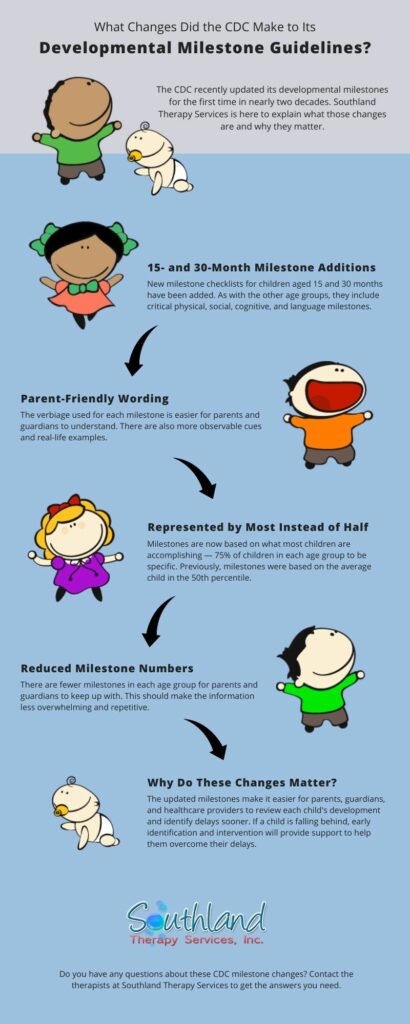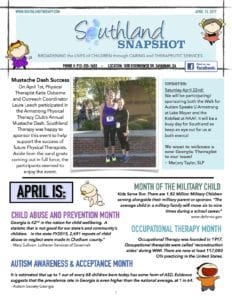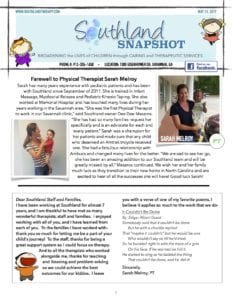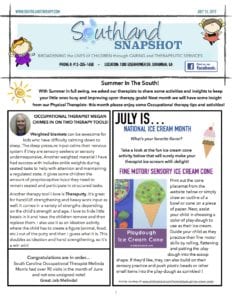What You Need To Know About the CDC Milestone Changes


Have you heard the latest news in early childhood development? The CDC, which provides useful developmental milestone information, has updated its guidelines for the first time in nearly two decades. If you’re the parent or guardian of a child aged five or younger, you’ll want to learn everything you can about these updated milestones. Today, Southland Therapy Services is here to explain what you need to know, as well as how it’ll all affect your little one.
Southland Therapy Services is proud to provide a range of pediatric therapy services to children throughout South Carolina and Georgia. Contact us to learn more about how we can help your family achieve success.

What Are Milestones and Why Do They Matter?
First and foremost, it’s critical to understand what developmental milestones are in early childhood and why they matter so much. In simple terms, these milestones are the developmental skills and abilities that every child should learn as they’re growing and exploring their environment. Common milestones that you may be familiar with include:
- Smiling when spoken to (2-month milestone)
- Sitting up without support (9-month milestone)
- Attempting to say three or more words (18-month milestone)
- Using toys or objects to play pretend (2.5-year milestone)
- Learning to pour water (4-year milestone)
Milestones are important because they help parents and healthcare professionals track children’s development. If a child struggles with meeting milestones, it’s easier to identify developmental delays and disabilities early on. Early identification can help a child receive the support they need, such as pediatric occupational therapy, sooner rather than later.
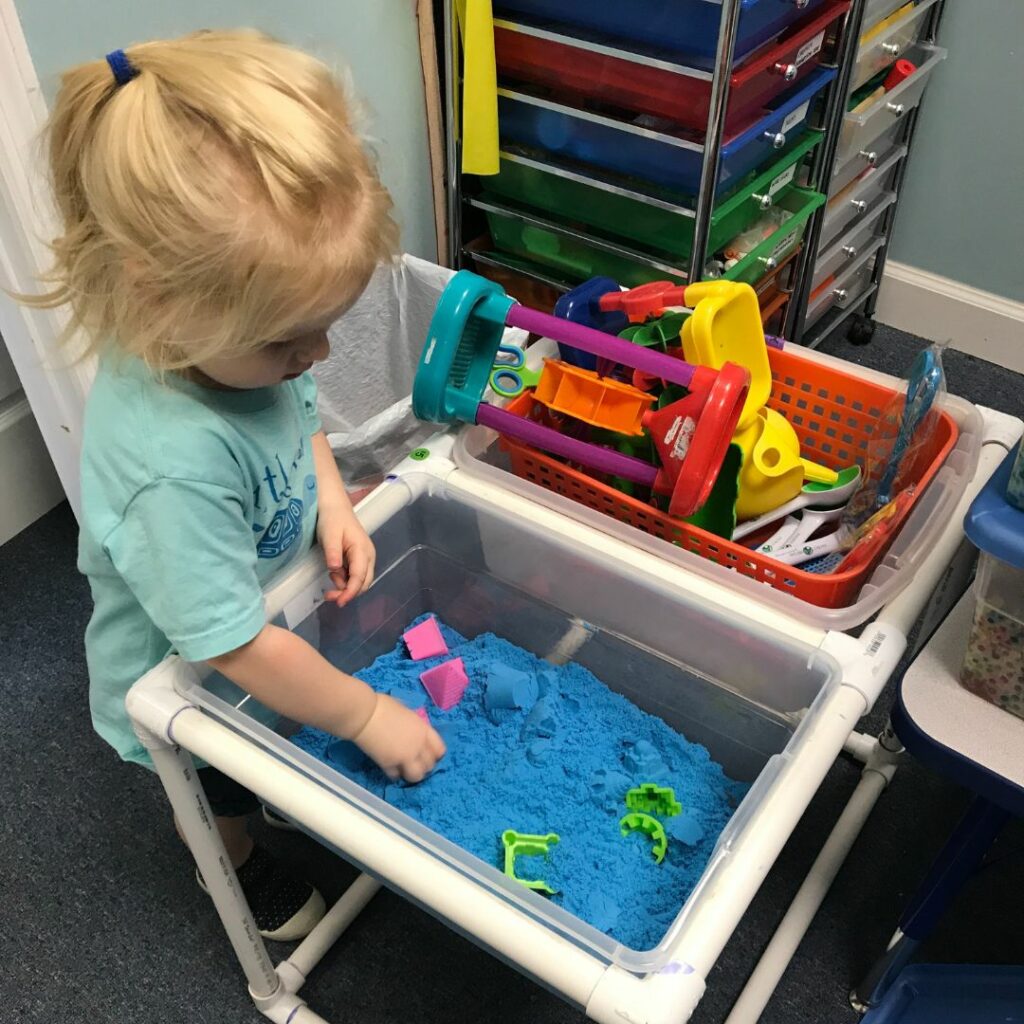
What Changes Were Made?
As we mentioned, the new updates to the CDC’s developmental milestones are the first to be made in almost two decades. While much of the key information is the same, you won’t want to overlook the changes. Southland Therapy Services has broken them down for you below.
New Checklists at 15 and 30 Months
One of the most noticeable updates made by the CDC was the addition of two new milestone categories — 15 months and 30 months. Both categories include thorough checklists, like the other age groups do, with detailed information about what type of social, language, cognitive, and physical milestones should be reached by those ages.
Milestone Verbiage Is More Parent-friendly
A beneficial change to the milestone guidelines is that they’re much easier to read and understand. Vague or confusing terms have been removed, and instead, the information is more parent-friendly. The checklists also contain more observable cues, with many of them providing real-life examples.
Milestones Are Represented by Most Instead of Half
Previously, the CDC’s milestones were based upon what the average child in the 50th percentile was achieving. Now, however, they are based on what most children are accomplishing — 75% of children in each given age group, to be exact. This change should make it easier for parents and healthcare professionals to identify and intervene in delays as soon as possible.
Reduced Number of Milestones
The final, notable change to the CDC developmental guidelines is that there are fewer milestones overall. Not only does this make the information less overwhelming for parents and guardians to read through, but it also eliminates the redundancy previously found between milestones.
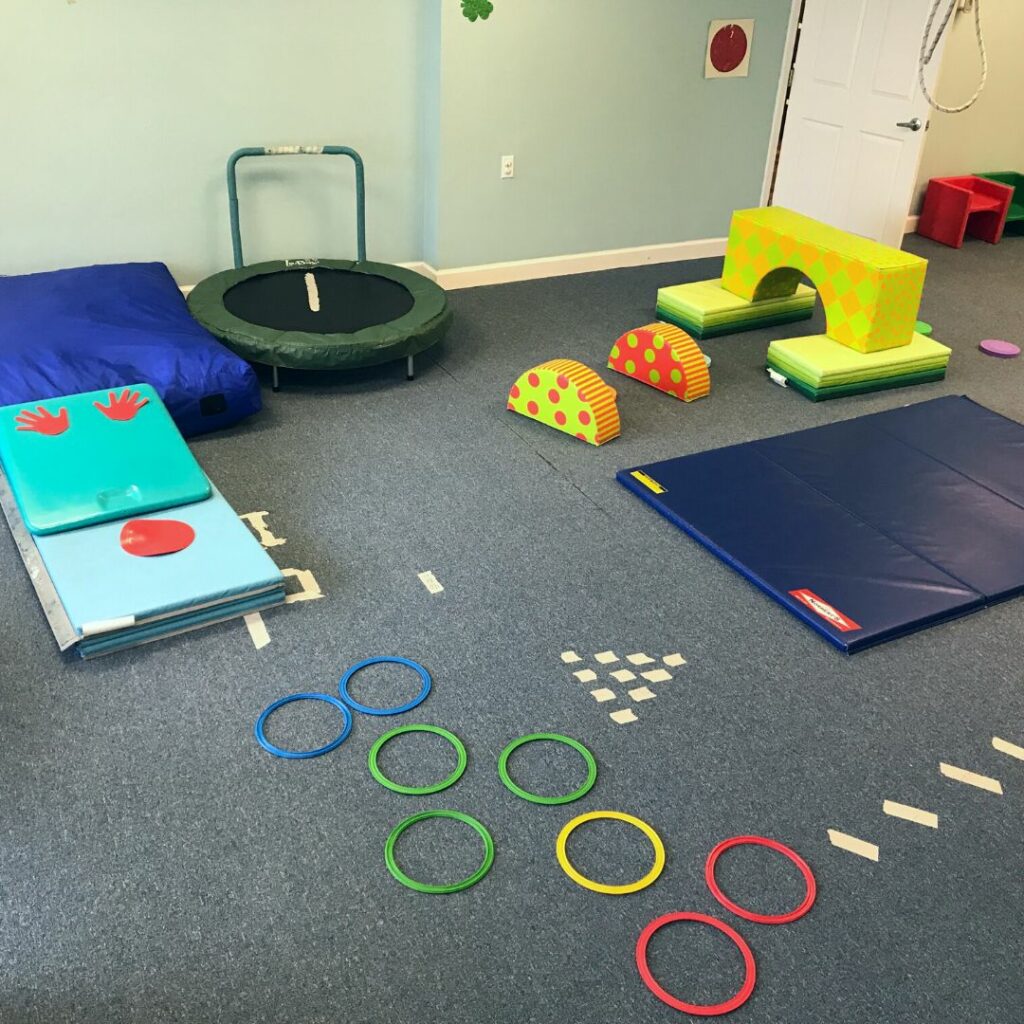
What Do These Changes Mean for Parents?
Most importantly, these new milestones make it easier to review your child’s social, physical, language, and cognitive development skills and abilities. In addition, they can help parents identify early signs of disorders such as autism. Should you notice that your little one is falling behind their age group, you’ll recognize the problem and be able to seek intervention much sooner. If your child requires pediatric physical therapy or pediatric speech therapy, starting at an early age increases their chances of overcoming their delays immensely.

Is Your Child’s Care Affected?
You might wonder whether these new CDC developmental guidelines mean you have to change how you care for your child. In short, the answer is no! If anything, you have an updated resource to reference as you watch your child learn and grow during their first five years of life. By keeping careful track of your little one’s development, you can ensure they’re meeting the same milestones as other children their age. It’ll also be easier to notice whether your child is failing to meet milestones, so you can get them the support they need sooner rather than later.
You might wonder whether these new CDC developmental guidelines mean you have to change how you care for your child. In short, the answer is no! If anything, you have an updated resource to reference as you watch your child learn and grow during their first five years of life. By keeping careful track of your little one’s development, you can ensure they’re meeting the same milestones as other children their age. It’ll also be easier to notice whether your child is failing to meet milestones, so you can get them the support they need sooner rather than later.
